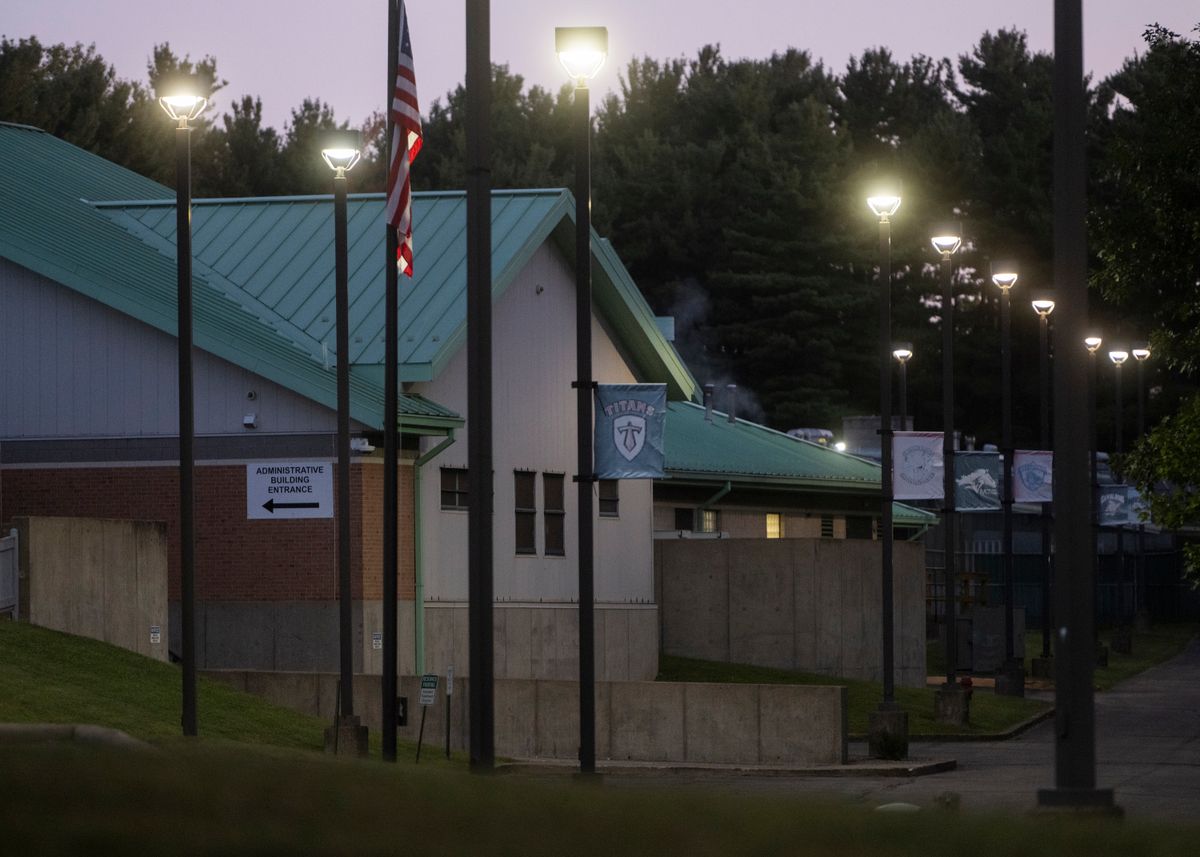With a thriving art and culture scene, beautiful outdoor landscapes, and trademark Midwestern hospitality, Ohio ranks high among the most charismatic destinations in the central United States. Although bustling metropolises like Cleveland and Columbus are the most popular, the Buckeye State offers multiple small-town enclaves with unrivaled charm. Nestled amongst rolling farmland, scenic rivers, and lush forests, these under-the-radar locales cultivate true community spirit through lively downtowns, local flavor, and pastoral serenity.
While most visitors to Ohio stick to top attractions in major cities, those venturing to the state’s idyllic fringes will discover its most picturesque towns. Overlooking quintessential landscapes, these hidden gems peppering the Buckeye countryside guarantee the absolute best that small towns in Ohio offer.
Chagrin Falls
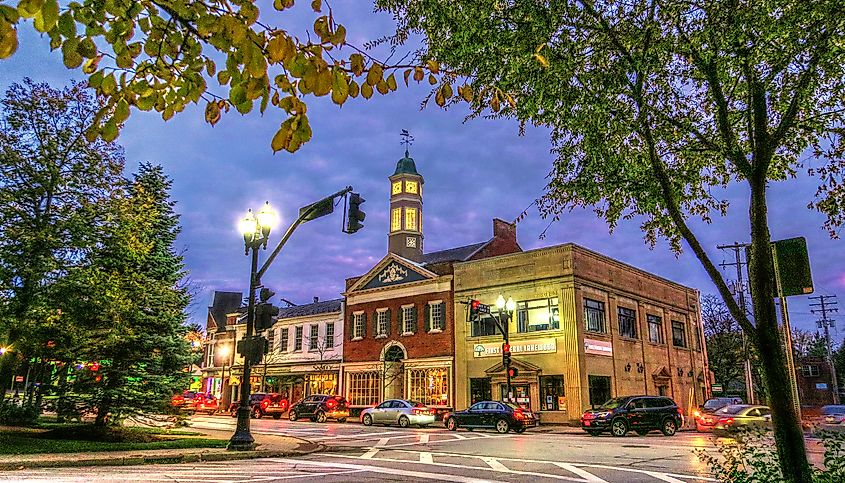 The historic town of Chagrin Falls, Ohio. Editorial credit: Lynne Neuman / Shutterstock.com
The historic town of Chagrin Falls, Ohio. Editorial credit: Lynne Neuman / Shutterstock.com
The Cleveland suburb boasts one of the most beautiful downtowns in Cuyahoga County. Strolling through the Chagrin Falls Triangle Park Commercial Historic District is a surreal experience. Listed on the National Register of Historic Places, the neighborhood stands out for the beautiful cascades, which serve as the perfect focal point. Exquisite nature spaces complement the town’s quaint downtown, providing an escape for tourists who appreciate the company of Mother Nature. You can relax at Beartown Lakes Reservation, which features quiet trails along Spring Creek.
Chagrin Falls harbors a respectable arts community well-represented by the Chagrin Valley Little Theater. This institution has entertained the public for decades by staging concerts, musicals, plays, and other theatrical performances. It is also one of the country’s oldest community theaters.
Loudonville
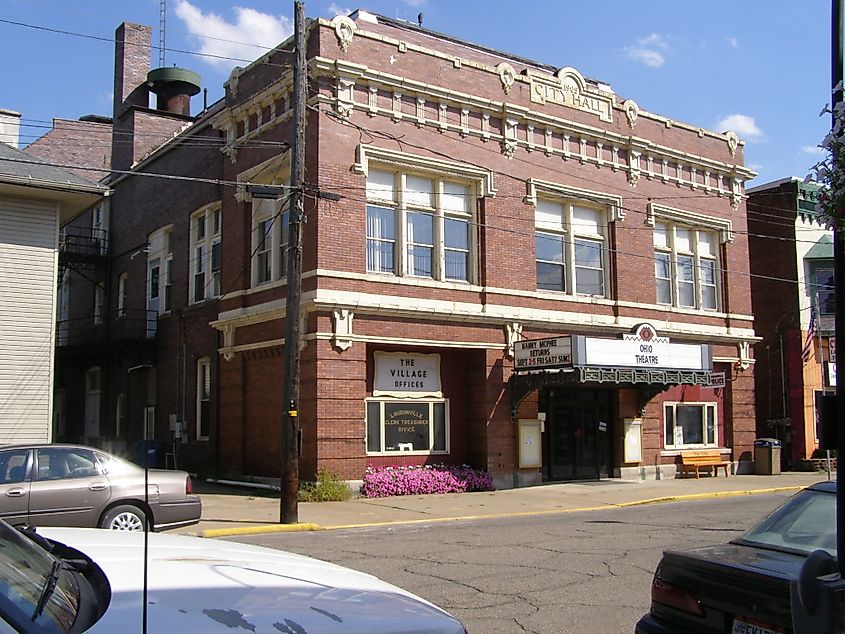 City Hall and Opera House (1909), The Ohio Theatre in Loudonville,…
City Hall and Opera House (1909), The Ohio Theatre in Loudonville,…
Continue reading

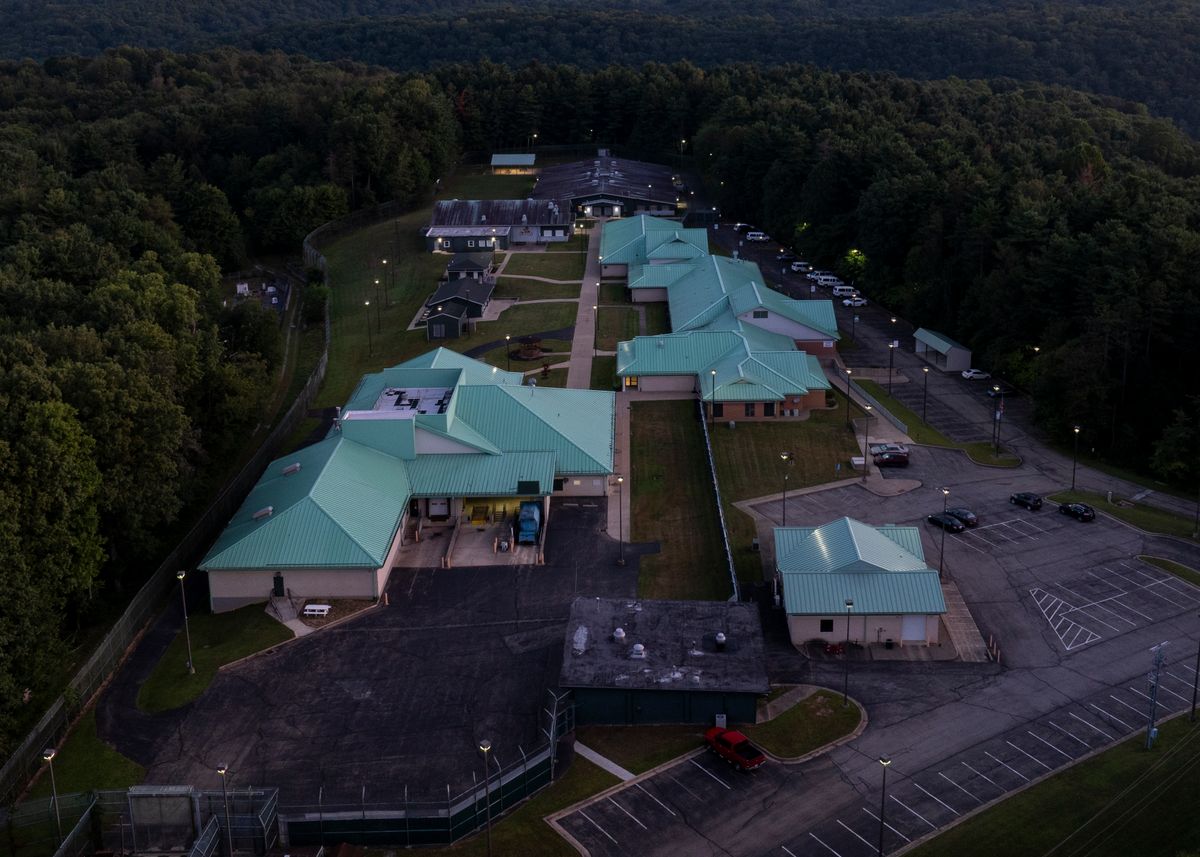
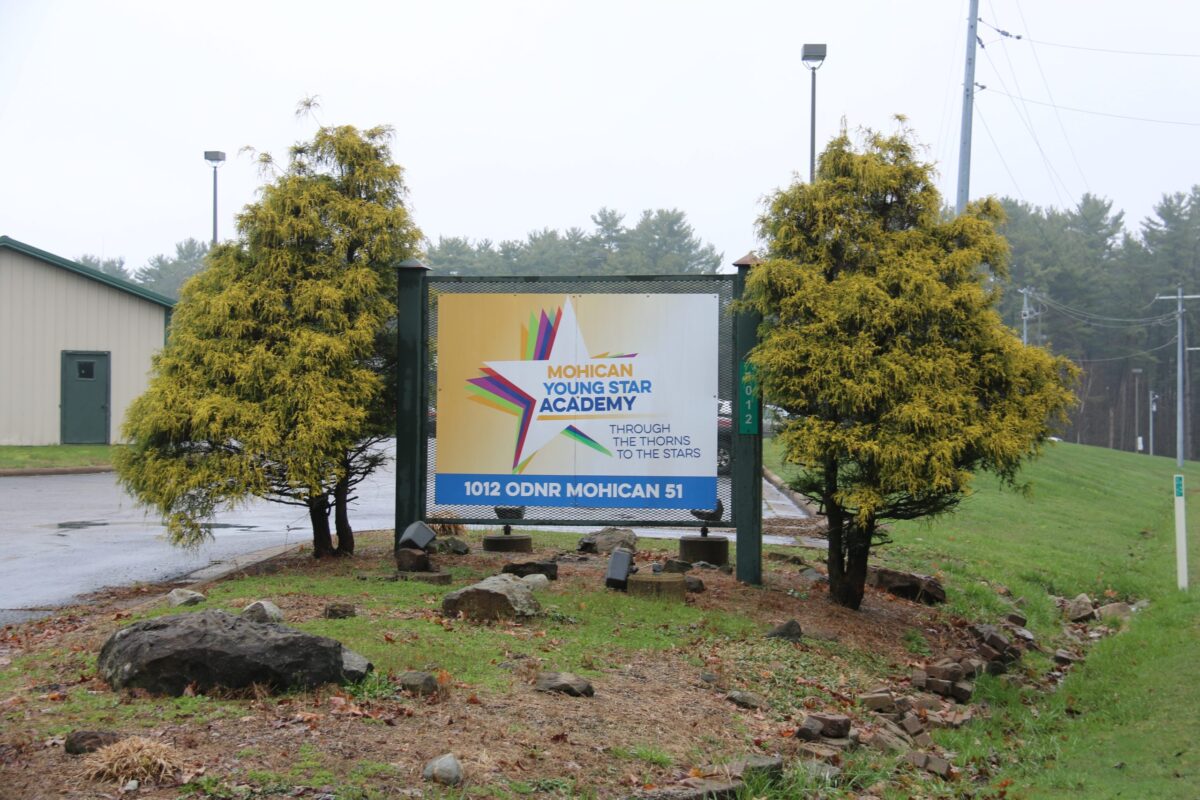

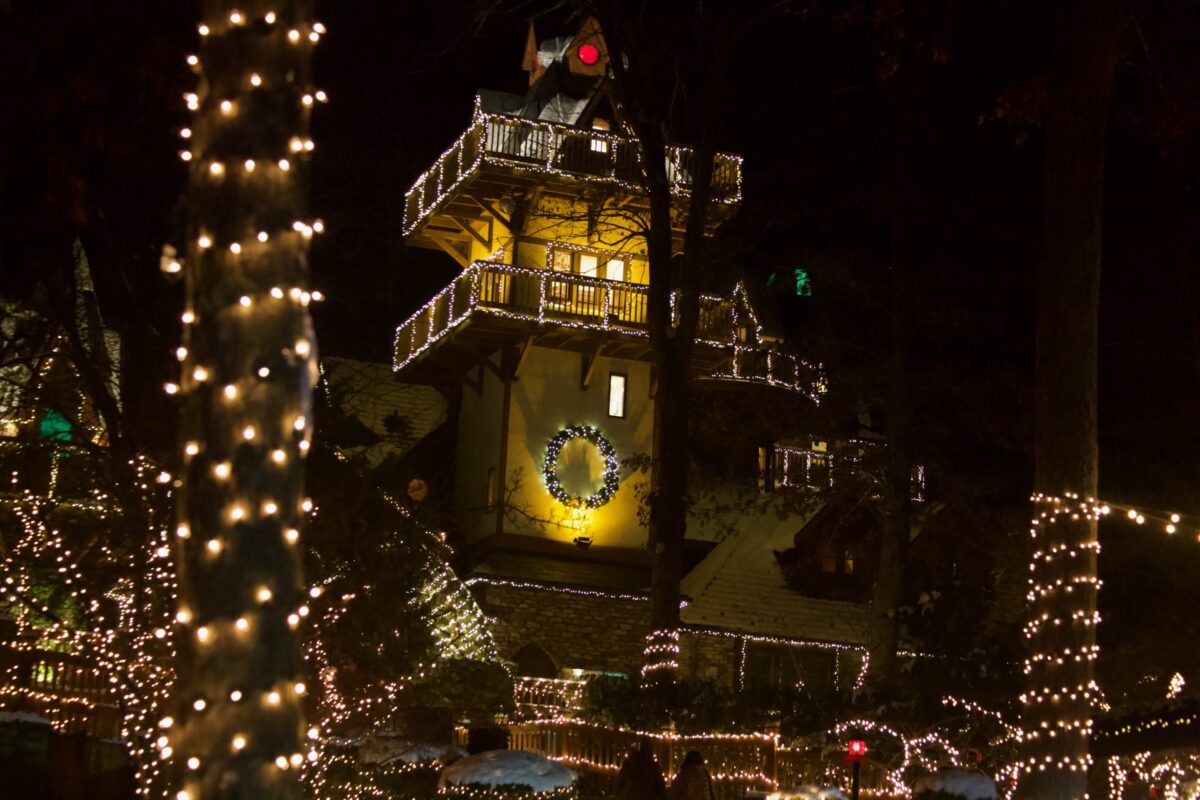



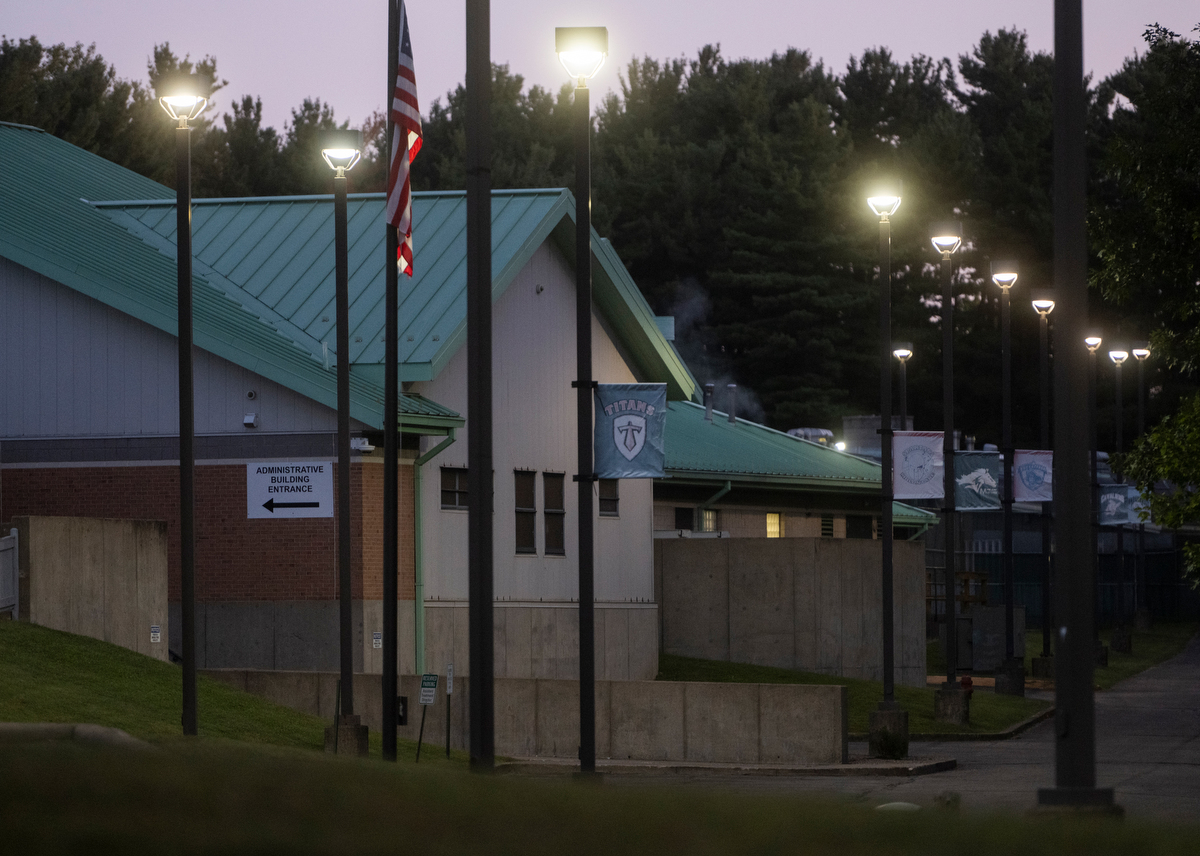
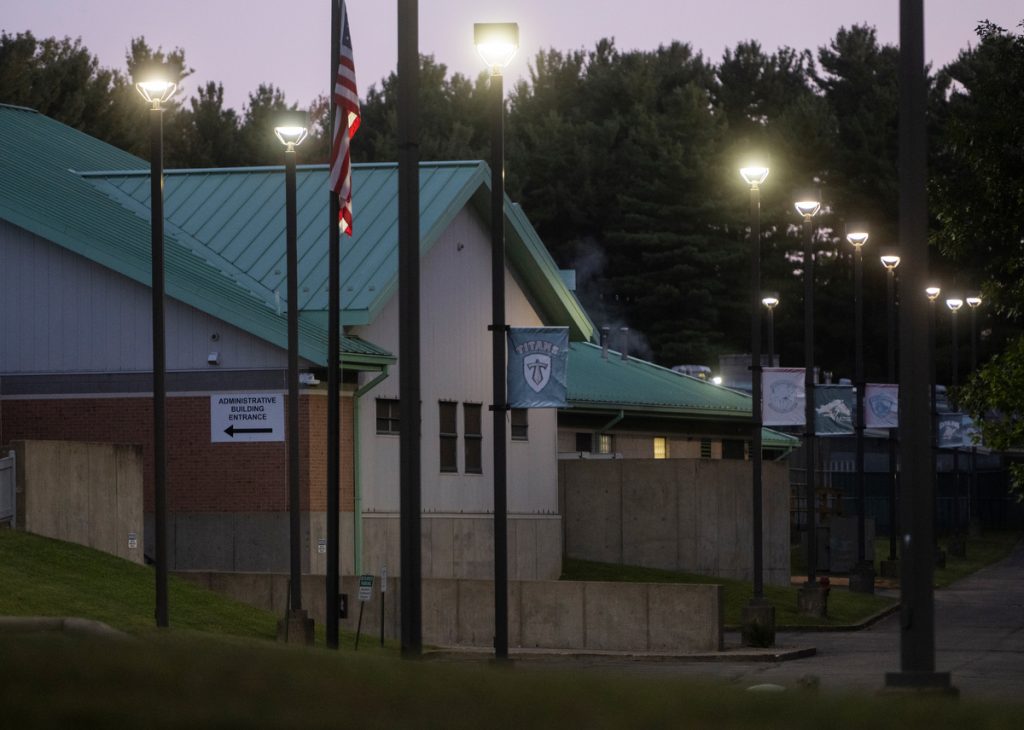 Mohican Young Star Academy, a youth residential treatment facility an hour northeast of Columbus, Ohio. [Nate Smallwood for The Marshall Project]
Mohican Young Star Academy, a youth residential treatment facility an hour northeast of Columbus, Ohio. [Nate Smallwood for The Marshall Project] 